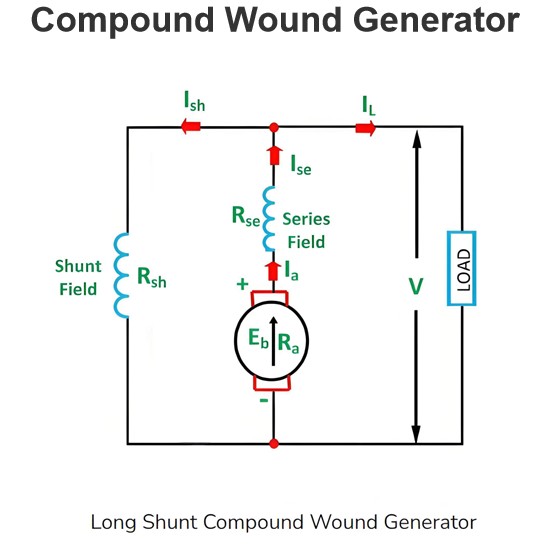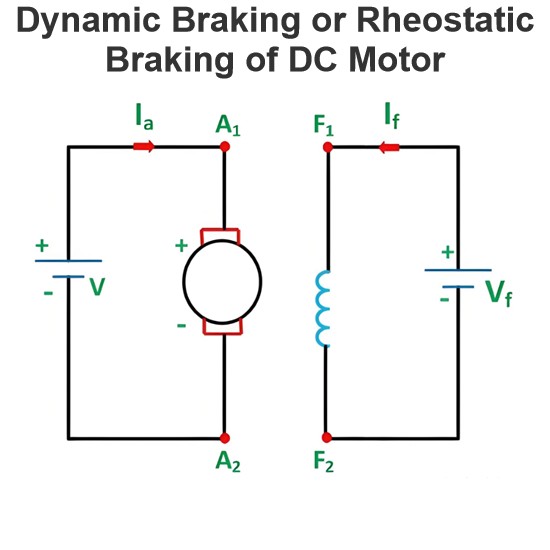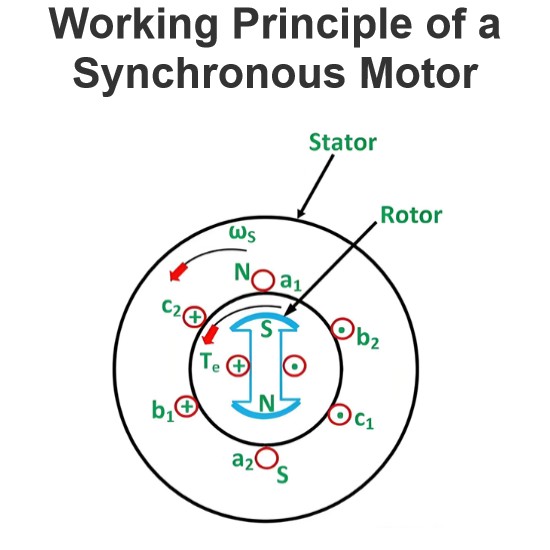Winding of rectangular armature coils
Winding Methods for Rectangular Armature Coils
The winding method for rectangular armature coils depends on specific application and design requirements. There are typically two main methods:
1. Layer Winding (Single-Layer Winding)
In this method, the wire is wound layer by layer along the edges of the rectangular core, with each turn closely packed against the previous turn, forming one or multiple layers. This method is suitable for applications requiring high-density windings and limited space.
Features:
Uniform Distribution: Each turn of wire is evenly distributed along the edges of the rectangular core, ensuring a uniform magnetic field distribution.
Compact Structure: Multiple layers can achieve a high coil density, making it suitable for high-power applications.
Insulation Handling: Insulation is required between layers to prevent short circuits.
2. Helical Winding (Spiral Winding)
In this method, the wire is wound in a spiral pattern along the edges of the rectangular core, forming a helical structure. This method is suitable for applications requiring longer wire paths or specific magnetic field distributions.
Features:
Helical Structure: The wire is arranged in a spiral pattern along the edges of the rectangular core.
Magnetic Field Distribution: Helical winding can produce specific magnetic field distributions, suitable for certain specialized applications.
Space Utilization: Helical winding can better utilize space, making it suitable for cores with special shapes.
Selection Criteria
Layer Winding Applicability:
High-Density Windings: Suitable for applications requiring high-density windings in limited space.
Uniform Magnetic Field: Required for ensuring a uniform magnetic field distribution.
Multi-Layer Structure: Needed for increasing inductance or current-carrying capacity with multiple layers.
Helical Winding Applicability:
Special Magnetic Field Distributions: Required for producing specific magnetic field distributions.
Long Wire Paths: Needed for increasing resistance or inductance with longer wire paths.
Special Shapes: Suitable for cores with irregular or special shapes.
Examples
Layer Winding Example
Prepare the Core: Fix the rectangular core on a stable workbench.
Starting Point: Secure the starting end of the wire at one corner of the core.
Winding: Wind the wire layer by layer along the edges of the rectangular core, ensuring each turn is tightly packed.
Insulation Handling: Place insulation material between layers to prevent short circuits.
Ending Point: After completing the winding, secure the ending end of the wire on the core.
Helical Winding Example
Prepare the Core: Fix the rectangular core on a stable workbench.
Starting Point: Secure the starting end of the wire at one corner of the core.
Winding: Wind the wire in a spiral pattern along the edges of the rectangular core, forming a helical structure.
Insulation Handling: Place insulation material where necessary to prevent short circuits.
Ending Point: After completing the winding, secure the ending end of the wire on the core.
Summary
When choosing a winding method, consider the specific application requirements and design criteria. Layer winding is suitable for applications requiring high-density windings and uniform magnetic field distribution, while helical winding is suitable for applications requiring specific magnetic field distributions or longer wire paths.
The Electricity Encyclopedia is dedicated to accelerating the dissemination and application of electricity knowledge and adding impetus to the development and innovation of the electricity industry.













